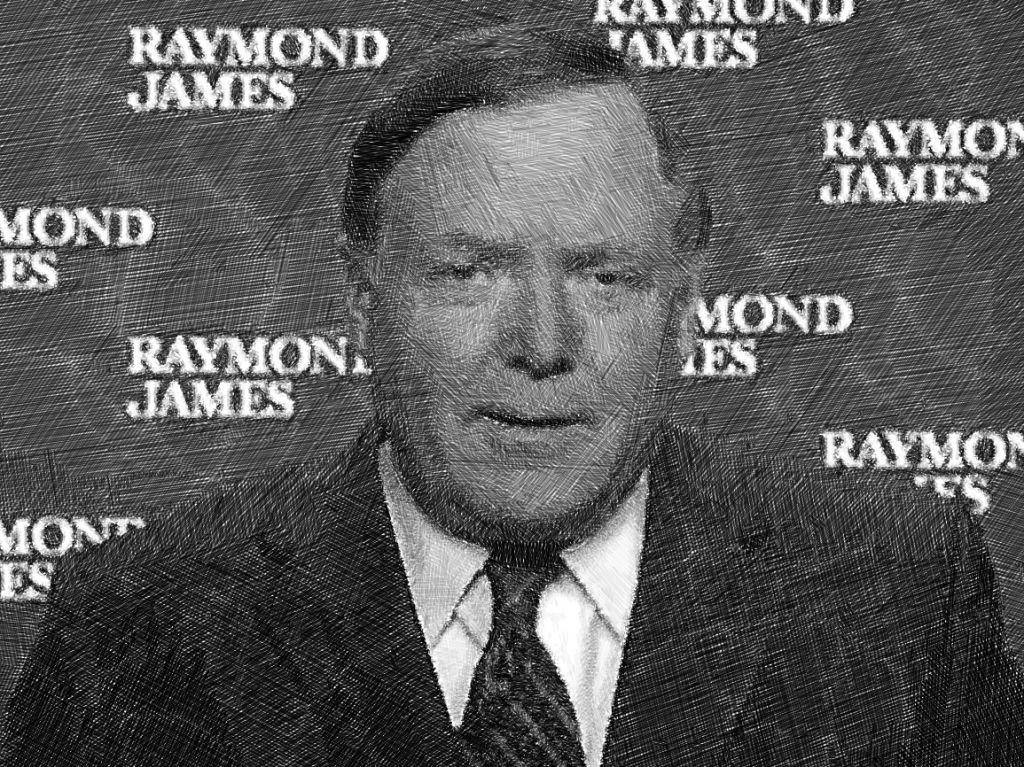2015?
December 1, 2014
Year-end letters are always difficult to write because there is a tendency to discuss the year gone by, or worse, try and predict what is going to happen in the New Year. I mean really, at this time last year who predicted Russia would invade Crimea, that ISIS would effectively take over a significant portion of Iraq, or the Republicans would sweep Congress. Actually I did get the last one right given my mantra that, “We are going to elect smarter policymakers and therefore get smarter policies.” Coming into 2014, in all of my presentations I noted that despite the “tapering” announcement, the Fed’s balance sheet was likely going to increase by 10% - 12% and the S&P 500’s earnings were going to increase by roughly the same amount. I further opined there has been a fairly tight correlation between those data points and how much the S&P 500 (SPX/2067.56) gains during the year. Accordingly, my guess was that the SPX would gain somewhere between 10% and 12%. As of this writing that looks close enough for government work.
In retrospect one of my worse calls was to avoid Utilities because I thought interest rates were going to rise. With a nearly 20% gain YTD the Utility sector has been one of the best performing macro sectors, while obviously my interest rate call was equally as poor. However, I did get most of the other sectors generally correct. Also coming into 2014 I wrote:
The S&P 500 was better by 32.4% last year (2013), and up over 45% from the June 2012 low without any meaningful correction. The median historical drawdown following such a rally called for between a 5% and 7% decline in the first three months of this year and between a 10% and 12% pullback sometime during the year. But, such a drawdown/pullback should be viewed within the context of a secular bull market.
Well, we got the 5% - 7% pullback in the first three months of the year (6%), and I thought the 10% - 12% had commenced in July when we started experiencing various divergences. Recall the small/mid-capitalization stocks were declining while the large caps were hovering near their highs. Additionally, my Advance/Decline Line Indicator was not confirming the SPX’s upside move and the U.S. Dollar Index was screaming higher. Subsequently I said that if you have stocks in your portfolio that have not performed over the past two years there is likely something wrong and you should sell them to raise some cash. Plainly that “call” proved premature, but came home in spades from mid-September into mid-October where the SPX lost 9.84% from intraday highs to intraday lows. On October 15, 2014 my colleague Andrew Adams and I did a special conference call on behalf of the Raymond James Investment Strategy Committee. Their concern was, “Should we sell stocks?” Our advice was a resounding NO! We stated the time to sell stocks, and raise some cash, was back in July and August, not after a nearly 10% decline that had left the equity markets as oversold as they have been since October 2011. In fact, we espoused that this is how bottoms are made; and while the bottoming process was not textbook, hereto it was close enough for government work.
So, here we are entering the month of December, which historically is a pretty strong month for the equity markets. According to “Moneychimp,” since 1950 the SPX has been “up” during December 49 years and “down” 15 years with an average monthly gain of 1.62%. I would note that if there is going to be some pre-Santa rally weakness, it historically comes in the first two weeks of December. If those historical odds hold this year, it is going to put tremendous pressure on the 90% of money managers that are underperforming their respective benchmarks. Indeed, even from most financial advisors I get the question, “Would you please explain in one of your letters why our portfolios are underperforming the S&P 500.” The answer to said question is pretty easy. You probably have too much cash and have too big a position in international investments. I would suggest advisors tell their clients just what their benchmark is. Additionally, if you are underperforming, but doing so with half of the S&P 500’s “risk” (beta), then you are a “risk-adjusted” financial advisor and have nothing to apologize for to your clients.
Going into the new year presents some headwinds. My biggest concern lies with Washington, D.C. If our president continues to “dig in his heels,” it could damage the economy. Exing that, earnings should continue to grow at a high single-digit pace and revenue growth should accelerate. While the impact of a stronger U.S. dollar, a gradual increase in wages, and higher interest rates will also represent headwinds, these should be more than offset by stronger GDP growth, better productivity, and continued elevated profit margins. Moreover, due to strong earnings growth valuations still look reasonable. Finally, in the U.S. investors are sitting on $11 trillion dollars in cash earning a zero return. As fears of the 2008 financial fiasco dissipate, this cash is likely going to find its way into stocks. Given these thoughts, I believe it is reasonable for the S&P 500 to achieve a total return in 2015 close to its historical (since 1921) 10.4% per annum return. The bulk of this return should come in the first half of 2015 and then grind higher in the second half as interest rates rise, causing P/E ratios to marginally contract. I think 2015 will be a year that favors cyclical stocks over the defensive names as the economy continues to strengthen. Large capitalization stocks have clearly outperformed the small/mid-cap complex, but I believe we are at the stage of the secular bull market where everything is going to work. I also think growth stocks look cheaper than value stocks.
As for the here and now, while the SPX grinded its way higher last week, the real show was in the crude oil futures market. By now everybody knows that OPEC did not cut production following Thursday’s meeting and the result was a weekly wilt
(-13.72% spot oil) in crude oil prices. In fact, in the last 30 minutes of trading on Friday it was an oil “smack down” that had the feel of capitulation. Rude crude’s slide of some 39% from its June high has had a devastating effect on the energy stocks, leaving the S&P Energy Sector off 9.45% last week. Consequently, it is the ONLY macro sector, at least by my work, that is currently oversold. Accordingly, I think some of the energy stocks are currently very attractive. If you are considering the Master Limited Partnership (MLP) space, the idea of averaging down in Yorkville’s two ETFs makes sense to me. The two ETFs in question are 10.4%-yielding YMLP ($14.84) and 5.7%-yielding YMLI ($21.81). If you own these two in equal dollar amounts you own the entire MLP space. Further, they are structured as C-corps, meaning there is no K-1 to be filed. Moreover, much of the dividend distribution is classified as return-of-capital and are therefore tax deferred (for more tax info please consult your tax attorney). I continue to think crude oil is in a bottoming phase and would advise clients to purchase at least half positions in the energy space with the idea of completing the other half of those purchases during tax loss selling season in the weeks ahead because this is how bottoms are made!
The call for this week: As usual, I will be in NYC this week seeing portfolio managers, doing media, and speaking at a conference. If there is going to be any stock market weakness, at least on a trading basis, it should come this week into next week. From there the seasonality should have an upward bias buoyed by the “Santa Rally.” As for oil, it is now quite apparent that Saudi Arabia is using it as a weapon for whatever reason. Many reasons have been offered in these missives over the past few months, but the Saudis’ action last week, when they knew those actions would accelerate oil’s price decline, makes it clear there are political reasons afoot. This morning Japan’s debt is downgraded, Europe’s factory output weakens, emerging markets get hammered, there is a Russian Rouble rout, October U.S. oil shale permits decline, Hong Kong warns protestors, and all of this has the preopening SPX futures down 9 points at 5:00 a.m. Indeed, if we are going to get weakness it should be in the first two weeks of December.















